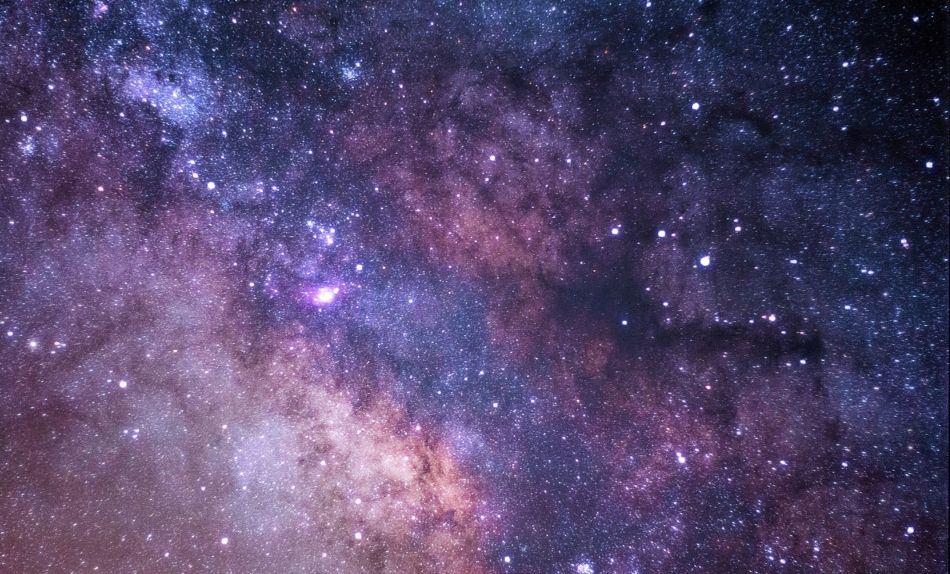If you can, look to the west after sunset. The other night when I was going to the store to pick up groceries that view stopped me in my tracks. Apple-green light glowed over the northern Olympics. The sky was deep, luxurious blue. Below the quarter moon in descending alignment blazed Jupiter and brighter Venus, out-shining western stars, claiming that quadrant of the night for themselves.
They mark the ecliptic, the plane on which all but the outermost planets orbit the sun. The mighty, angular display is tremendous. Yet the major player in this drama, the sun, is unseen behind the earth, which is why this display occurs at night and why the planets shine so. Like Greek drama, the main action takes place off-stage.
Facing the sun, the moon, our dance partner, is in waxing crescent phase as it swings around. Venus is brightest in its thin crescent phase when closest to us. Closer to the sun than we are, it glows brightly at dawn and dusk and follows the sun during the day. If you know where to look in the daytime sky, its visibility surprises. Larger Jupiter, far more distant, shines bright as we approach, dims as we part. When close, as now, a camera will capture the sun’s light reflecting from its brightest moons.
Knowing this clues us into the greater reality, that the unseen sun directs the show. Just as marvelous is our ability to comprehend mathematically how all this works. Solar gravity keeps nearer planets orbiting along its equatorial plane where the effect of its mass is greatest. Similarly, the gravitational attraction between the tilted Earth and our moon means it appears to travel higher or lower through the sky during the year, which is why we have partial and complete solar eclipses. The moon will stay in line with its other dancers only briefly.
Knowing this, it is possible to grasp how we fit into this great pageant. We can divine how our latitude and axial tilt defines the alignment’s angle. The fact that we do not see the sun choreograph this stupendous ballet evokes awe at this deepest music of the spheres, a tremendous truth—verum tremendum.
Discover more from Post Alley
Subscribe to get the latest posts sent to your email.

I’d really like to hear more about Bsche’tla Creek